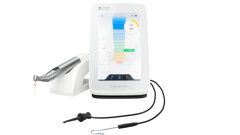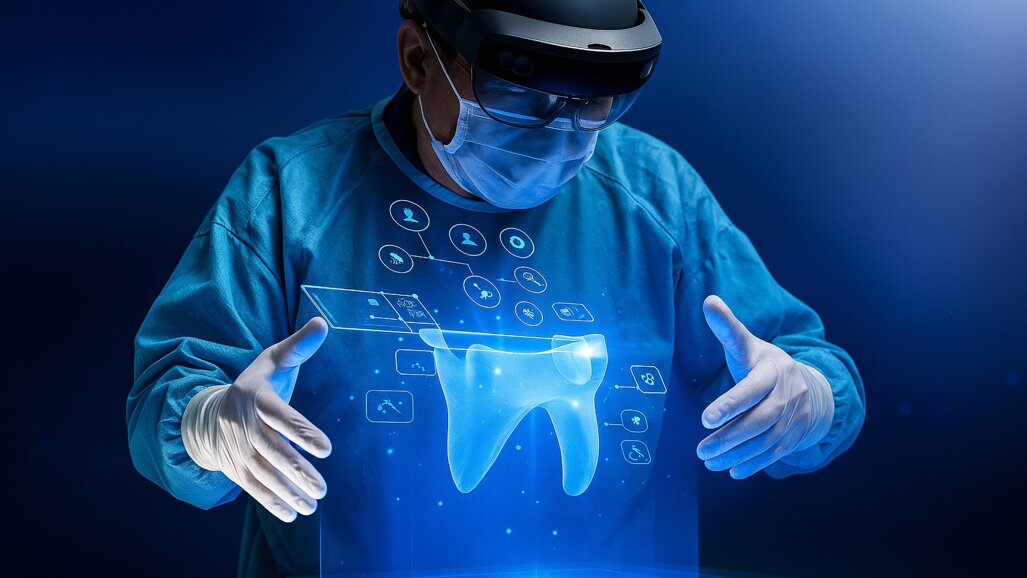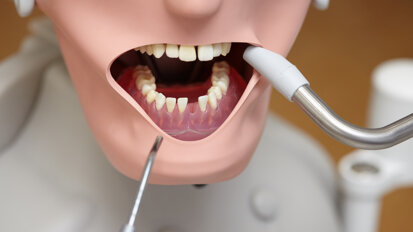BRNO, Czech Republic: A recent bibliometric study has mapped the global landscape of dental research excellence and identified marked differences across countries, institutions and researcher demographics. The analysis used the Stanford–Elsevier lists of the world’s top 2% most-cited scientists to analyse the global distribution of highly cited dental researchers in relation to selected national, institutional and individual indicators from 2017 to 2023. It offers the first comprehensive view of dental research excellence.
Bibliometric work in dentistry has focused on publication output, but research excellence offers clearer insight into whose work shapes clinical practice and scientific direction. Using a composite citation indicator, the lists quantify both career-long and recent influence, offering a broader view of research excellence than simple productivity measures. Mapping where high-impact scholarship occurs has practical implications for investment, training and collaboration, as well as highlights regions whose scientific influence does not align with their oral disease burden. Understanding these patterns helps identify the institutions and regions driving meaningful progress in dental research
Conducted by Dr Abanoub Riad, associate professor in the Department of Public Health at Masaryk University in Brno, the research examined the association between the distribution of highly cited dental researchers and economic, institutional and individual factors. The findings showed a concentration of excellence in high-income, English-speaking countries. Nearly all of the top-ranked dental scholars—96% of career-long and 89% of single-year leaders—were based in high-income nations, particularly the US, the UK and Sweden. In contrast, low- and middle-income countries, despite bearing the greatest burden of oral disease, were sparsely represented.
The study drew on data from multiple global sources, including the World Bank, UN Development Programme and the Global Burden of Disease Study. It found an association between a country’s research investment and its share of top dental scholars. Higher spending on research and education, alongside stronger human development indicators, correlated positively with excellence, while greater oral disease prevalence correlated negatively.
Institutional patterns showed similar concentration. Just 20 universities accounted for nearly a fifth of all top-performing dental researchers, led by the University of Washington in the US, King’s College London in England, Harvard University in the US and the University of Toronto in Canada. However, this concentration showed signs of decreasing over time, and emerging contributions from institutions in Brazil and Hong Kong hint at a gradual diversification of global leadership.
At the individual level, the study observed a persistent gender imbalance. Women represented only around 15% of career-long and 18% of single-year top scholars, although the proportion of female researchers increased steadily during the study period. Women’s citation performance was comparable to men’s, but their average academic career length was shorter. The analysis also found that years active in research was a stronger predictor of citation success than gender.
The findings of the study echo similar bibliometric analyses undertaken on specific areas of research in dentistry, such as dental caries and the burgeoning field of virtual reality in restorative dentistry. Like these studies, the report concludes that dental research excellence remains heavily concentrated in affluent, English-speaking settings, reflecting both historical privilege and systemic barriers. The author suggested that targeted investment and inclusive research strategies to bridge the gap between where dental disease is most prevalent and where scientific excellence is most recognised.
The study, titled “National-, institutional-, and individual-level determinants of dental research excellence: An analysis of Stanford–Elsevier lists of the top 2% scholars worldwide (2017–2023)”, was published online on 3 October 2025 in Frontiers in Oral Health.
Topics:
Tags:
DOHA, Qatar: Virtual reality (VR) is rapidly gaining ground in dental training, particularly for restorative dentistry. A new bibliometric study from a team...
COLUMBIA, S.C., US: Growing evidence continues to demonstrate the far-reaching impact of oral health on systemic well-being. Just recently, two new studies ...
TEHRAN, Iran: A new analysis of Global Burden of Disease data from 2021 shows that, while some indicators of dental caries have improved across the Middle ...
Although awareness of sexual misconduct in healthcare has increased in recent years, the issue remains largely under-explored in dentistry. Dr Aaron ...
GENEVA, Switzerland: A comprehensive new survey by FDI World Dental Federation has revealed that illegal dental practice is an escalating global public ...
Prof. Dr. Ali Murat Kökat
Live webinar
Tue. 9 December 2025
12:30 pm EST (New York)
Live webinar
Tue. 9 December 2025
7:00 pm EST (New York)
Prof. Dr. Wael Att, Dr. Robert A. Levine DDS, FCPP, FISPPS, AOD
Live webinar
Wed. 10 December 2025
10:00 am EST (New York)
Live webinar
Wed. 10 December 2025
12:00 pm EST (New York)
Live webinar
Wed. 10 December 2025
1:00 pm EST (New York)
Live webinar
Wed. 10 December 2025
1:00 pm EST (New York)



 Austria / Österreich
Austria / Österreich
 Bosnia and Herzegovina / Босна и Херцеговина
Bosnia and Herzegovina / Босна и Херцеговина
 Bulgaria / България
Bulgaria / България
 Croatia / Hrvatska
Croatia / Hrvatska
 Czech Republic & Slovakia / Česká republika & Slovensko
Czech Republic & Slovakia / Česká republika & Slovensko
 France / France
France / France
 Germany / Deutschland
Germany / Deutschland
 Greece / ΕΛΛΑΔΑ
Greece / ΕΛΛΑΔΑ
 Hungary / Hungary
Hungary / Hungary
 Italy / Italia
Italy / Italia
 Netherlands / Nederland
Netherlands / Nederland
 Nordic / Nordic
Nordic / Nordic
 Poland / Polska
Poland / Polska
 Portugal / Portugal
Portugal / Portugal
 Romania & Moldova / România & Moldova
Romania & Moldova / România & Moldova
 Slovenia / Slovenija
Slovenia / Slovenija
 Serbia & Montenegro / Србија и Црна Гора
Serbia & Montenegro / Србија и Црна Гора
 Spain / España
Spain / España
 Switzerland / Schweiz
Switzerland / Schweiz
 Turkey / Türkiye
Turkey / Türkiye
 UK & Ireland / UK & Ireland
UK & Ireland / UK & Ireland
 Brazil / Brasil
Brazil / Brasil
 Canada / Canada
Canada / Canada
 Latin America / Latinoamérica
Latin America / Latinoamérica
 USA / USA
USA / USA
 China / 中国
China / 中国
 India / भारत गणराज्य
India / भारत गणराज्य
 Pakistan / Pākistān
Pakistan / Pākistān
 Vietnam / Việt Nam
Vietnam / Việt Nam
 ASEAN / ASEAN
ASEAN / ASEAN
 Israel / מְדִינַת יִשְׂרָאֵל
Israel / מְדִינַת יִשְׂרָאֵל
 Algeria, Morocco & Tunisia / الجزائر والمغرب وتونس
Algeria, Morocco & Tunisia / الجزائر والمغرب وتونس
 Middle East / Middle East
Middle East / Middle East









































To post a reply please login or register